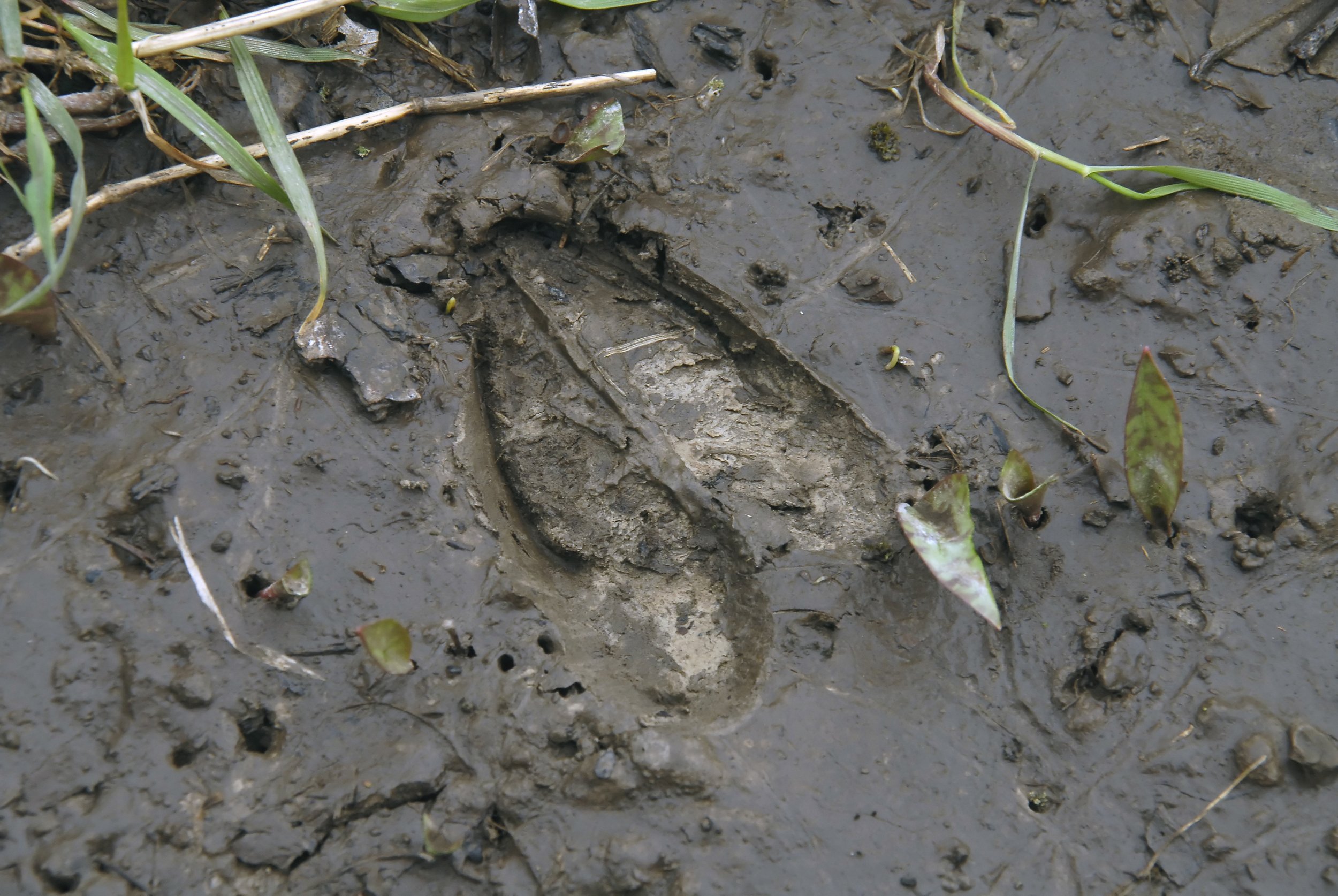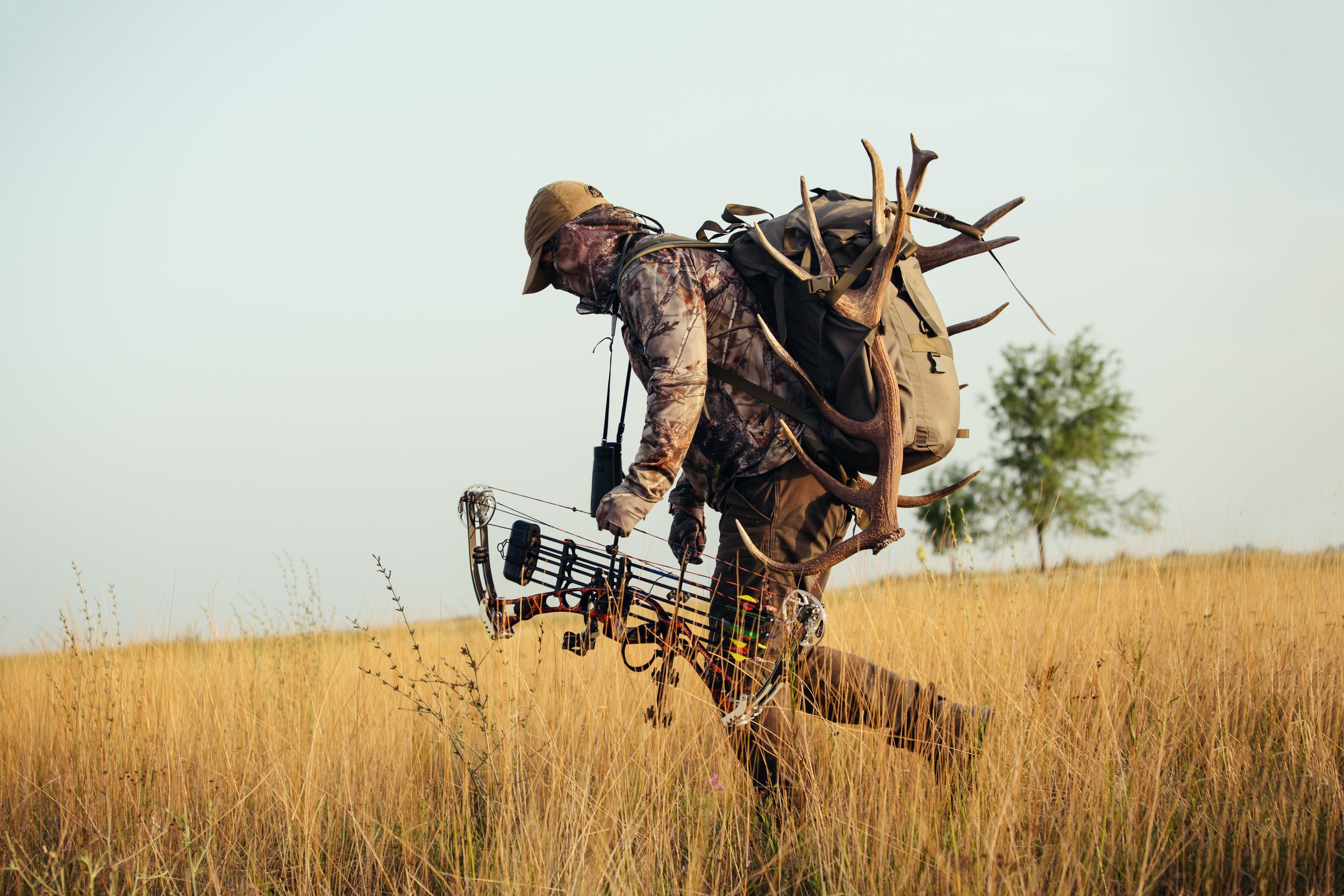Understanding VOCs – What They Are and Why They're Invisible but Critical in Hunting
Volatile Organic Compounds (VOCs) are small organic molecules that evaporate easily at room temperature. In the human body, they're produced by numerous metabolic processes: digestion, energy production, inflammation, microbial activity, and more. VOCs are found in breath, sweat, urine—even in blood when it's exposed to air. Altogether, the human body emits hundreds of different VOCs on a continual basis. One study mapping the "human volatilome" has identified over 1,000 distinct VOCs across our breath, sweat, and other secretions.
Some of these compounds are well-known in the field of medical diagnostics. Acetone, for example, is a byproduct of fat metabolism—its levels rise in the breath when fasting or following a ketogenic diet. Isoprene is another common VOC, derived from cholesterol turnover in the body. Others include ethanol, methanol, formaldehyde, hydroxyketones, and a variety of naturally occurring hydrocarbons like benzene. These metabolites are always present, though their levels can fluctuate based on diet, health status, breathing rate, or physical activity.
What makes VOCs so powerful as scent markers is their volatility—and the astonishing sensitivity of olfactory receptors in wild game and hunting dogs. Although the typical concentration of VOCs in exhaled air is extremely low (often in the range of a few dozen or hundred parts per billion, or ppb), this is more than enough for animals with keen noses. Dogs, for instance, can detect a single volatile compound at concentrations as low as one part per trillion (1 ppt)—millions of times more sensitive than standard lab instruments. To put that in perspective, it’s like detecting one drop of water in 20 Olympic-sized swimming pools. By contrast, the human nose typically only picks up VOCs at concentrations of several parts per million (ppm)—thousands of times more concentrated.
All of these VOCs form, without our awareness, a kind of constant "scent signature." Chemically speaking, this is known as the human volatilome: the full range of volatile emissions unique to an individual. This volatilome shifts with age, diet, emotional state, and more. Researchers have even shown that each person’s VOC profile is unique—and can be influenced by genetic factors, like the specific HLA alleles a person expresses. In hunting, this means that each hunter carries an individual scent signature—just as distinctive as a worn garment or trail left behind.
Why is this invisible factor so crucial to hunting? Because even a hunter who appears "clean" to the human eye or nose will still be detectable to game. Deer, wild boar, and similar species inhabit a chemical world—they rely on molecules suspended in the air. More than 80% of what these animals "smell" comes from a person’s breath. Every exhale releases a mixture of VOCs that—even in trace amounts—can raise red flags. Compared to that, the scent of sweat plays a much smaller role. It’s not absent, but the most meaningful information comes from inside the body.
This reality is often overlooked by hunters. Some dog training manuals cite the figure that “80% of human scent comes from the breath,” which may seem surprising at first. While there’s no definitive study proving an 80/20 split in a hunting context, basic physiology supports the claim. The air we exhale is rich in CO₂, water vapor, and VOCs—it's a constant, high-volume stream (roughly 5–8 liters per minute at rest, much more during exertion). Skin, by comparison, releases odor mainly via sweat, at a slower rate and often transformed by skin bacteria before becoming volatile. Hunters have long noticed that wild boar, for instance, will flee not at the sight of a human—but at the faintest whiff of breath or a gust of warm air against their flank. These fleeting molecules are often what tip the animal off.
Moreover, a game’s sense of smell can "store" and track these scent signals over time. Dogs can follow scent trails that are several days old, because VOCs settle into vegetation and soil. This means that even a hunter who believes they've moved undetected leaves behind a chemical trail. Clothing, too, holds onto a wealth of odor molecules—scent from cologne, sweat, and ambient VOCs—which linger and form an olfactory memory. A leather boot, for instance, can be detected by a dog up to three months later—even during a hot summer.
In conclusion, understanding VOCs means recognizing that human scent is largely invisible to us—but highly conspicuous to wildlife. Every hunter eventually learns that it’s your breath doing most of the talking. Exhaled VOCs form the base of this invisible “language of scent”—they are our natural perfume in the forest, whether we like it or not. Ignoring their presence means risking detection, even when you think you’re fully concealed. That’s why, in hunting, the first precaution isn’t just masking scent—it’s understanding the biology behind how scent is produced in the first place.





